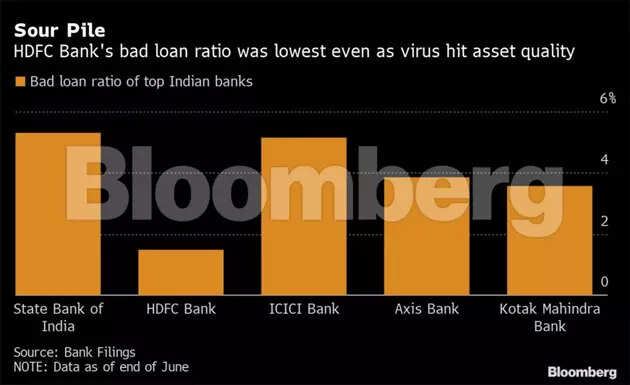CRISIL Ratings has upgraded its rating on the Tier-I bonds (under Basel III) of Bank of India (BoI) to ‘AA/Stable’ from ‘AA-/Stable’. The credit rating agency has also assigned its ‘AA+/Stable’ rating to the public sector bank’s ₹1,800 crore Tier-II bonds (under Basel III).
The upgrade in the rating of Tier-I bonds (under Basel III) factors in improved position of BoI to make future coupon payments, supported by an adjustment of accumulated losses with share premium account, and the improved capital ratios, CRISIL said in a statement.
“Pursuant to the adjustment, the eligible reserve to total assets ratio for the bank has improved,” it added.
Additionally, as per the Department of Financial Services Gazette notification of March 23, 2020, referred to as Nationalised Banks (Management and Miscellaneous Provisions) Amendment Scheme, 2020, the bank still has share premium reserves which can be utilised to set off any losses in future, and this supports the credit profile of Tier-I (under Basel III) instruments.
Also read: Imitating a fintech firm not the right business model: Former RBI Deputy Gov
“However, any substantial depletion of the share premium account or any regulatory changes to appropriation of the share premium account pertaining to adjustment of accumulated losses are key monitorables,” CRISIL said.
The agency emphasised that supported by the regular capital infusion made by the government of India (GoI) and higher accrual, BoI’s capital ratios have improved, as reflected in Tier-1 and overall capital to risk-weighted adequacy ratio (CRAR) of 12 per cent and 15.1 per cent, respectively, as on June 30, 2021 as against 9.5 per cent and 12.8 per cent, respectively, as on June 30, 2020 (12.0 per cent and 14.9 per cent, respectively, as on March 31, 2021).
Further, the recent qualified institutional placement (QIP) of ₹2,550 crore in August 2021, should also support the capital position.
The overall ratings continue to reflect the expectation of strong support from the majority stakeholder, GoI, and the established market position and comfortable resource profile of the bank. “These strengths are partially offset by weak asset quality and modest earnings profile,” the agency said.
